When it comes to mirrors, the two most widely used types of glass in both architectural and automotive industries are laminated glass and safety glass. Both are safety glass variants that are stronger and more impact-resistant than regular glass.
Interior wall mirrors, windows, and doors often incorporate glass panels, some of which possess soundproof and heat-resistant properties, along with a variety of colors and textures. Most interior glass materials are safety glass or a combination of glass and other materials.
In this article, we will focus on safety glass in homes and highlight recommended areas for its installation inside the house to enhance safety.
1. Doors and Windows
Doors and windows serve as primary entry points on every floor of a building, necessitating the assurance of safety and maximum protection for occupants. Safety glass is widely used in these installations to withstand impacts. Unlike regular glass, safety glass breaks into small pebble-like pieces rather than dangerous shards, minimizing the risk of injury when it shatters.
2. Glass Panels Near Doors
When installing a glass panel adjacent to a door, if the nearest edge of the glass is within a 24″ radius of the door’s vertical edge and the bottom edge of the glass is less than 60 degrees above the floor, safety glass should be utilized for enhanced safety.
3. Bathroom and Pool Wall Mirrors
Tempered glass is essential if the bottom edge of the mirror is less than 60″ above the drain or standing surface in areas like showers, saunas, where adequate support against the mirror is required, especially in slippery environments. The same applies to pool and spa enclosures; safety glass should be used when the glass is within 5 feet of the pool area.
4. Stair Surrounding Walls
Safety glass should be employed on walls surrounding stairs leading down. Additionally, safety glass is necessary within 5 feet of the bottom and top of the stairs when the bottom edge of the glass is less than 60 inches above the floor. Tempered glass is specially manufactured by heating it to over 600 degrees Celsius and then rapidly cooling it, creating opposing stresses on opposite sides of the glass, making it 4 to 5 times stronger than normal annealed glass. This property makes it a suitable choice for architectural safety applications.
Sources: https://www.homify.in/ideabooks/5291283/4-areas-where-you-must-install-tempered-glass-at-your-home
Sources: https://na2.pressly.com/ravindra-goni-49b54/marketresearchreport/posts/2017-to-2022-industry-outlook-global-interior-glass-market-by-size-share-type-an-11315321 10-kncsafetyglass.com



